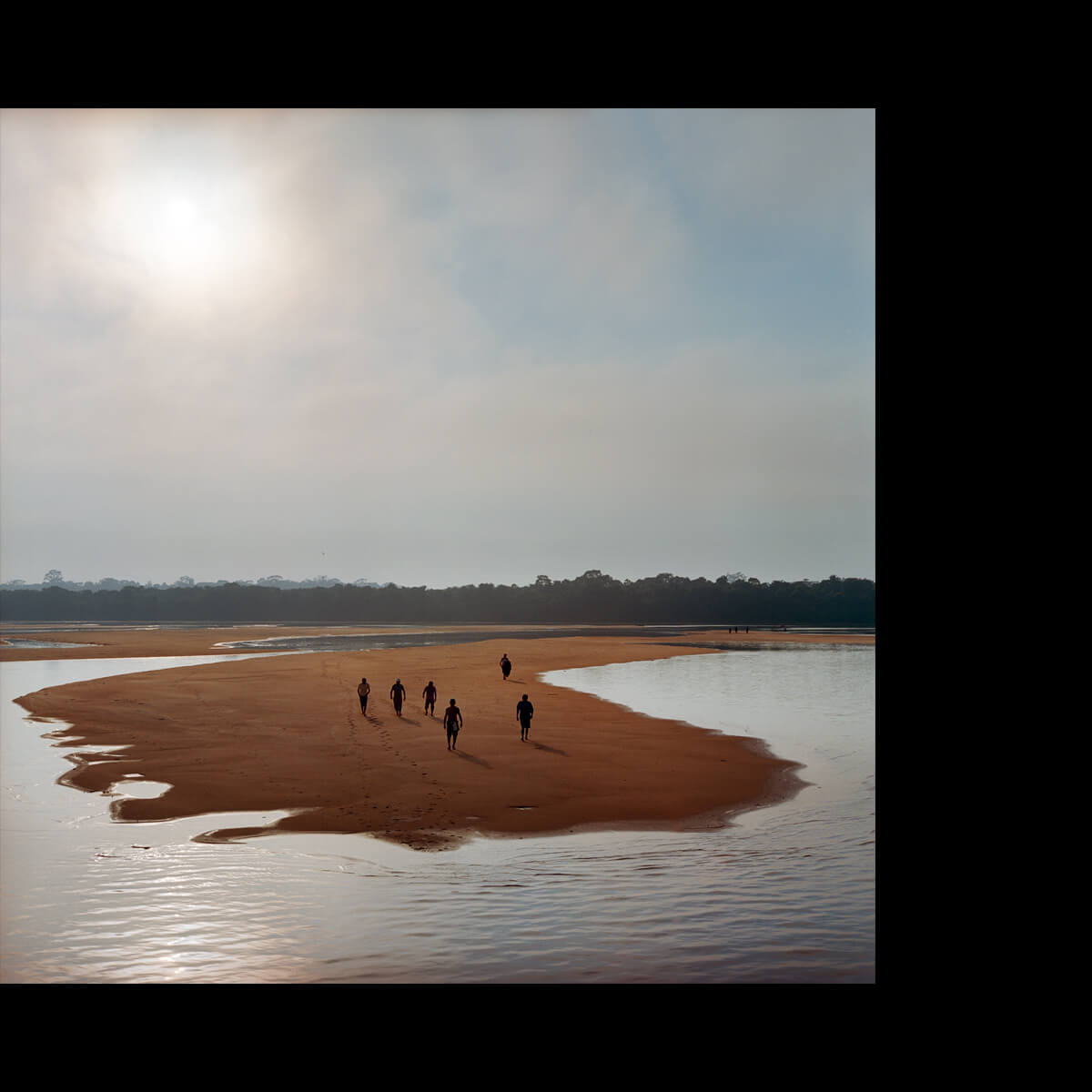
I Was There
Award-winning documentary photographer Aaron Vincent Elkaim [BA/03] immerses himself in his work, travelling to remote locales and living for weeks or even months among the subjects of his photo essays, which often deal with the tensions and interplay between traditional cultures and the forces of industrialization.
The University of Manitoba grad, who received a BA in cultural anthropology and film studies, set the template for this signature style of photojournalism in 2011 when he journeyed to northern Alberta to document the impact of the oil sands development on Indigenous people living in the area.
“I spent close to six months up there over multiple trips,” says Elkaim. “On my first trip I was there for about three months. I didn’t know anybody. I drove up with a trailer behind my jeep and parked it in a little camping area on the reserve. It didn’t take too long before I met someone in the community who thought I was crazy for what I was doing but took me in and, before long, I was being shown around.”
Elkaim, whose work has appeared in The New Yorker, the New York Times, TIME magazine, the Wall Street Journal, Maisonneuve, Maclean’s, and the Globe and Mail, was awakened to the possibilities of this genre of photography in 2006, when he went on a birthright trip to Israel (a free 10-day excursion organized for young adults of Jewish heritage to learn about their connection to Jewish history and culture.) “While there I met photojournalists and recognized that I was drawn to issue-based photography. It’s about documenting life. It’s finding beautiful moments and images that tell a story. After that trip I recognized this was a path that I wanted to follow with my photography.”
Toronto-based Elkaim, 41, does copious research before embarking on one of his sorties, and that research suggests to him what the story will be, but once he is out in the field that initial trajectory often shifts and takes on new angles through the people he meets and the perspectives they share with him.
“I love going into the unknown and seeing what comes along. There are a lot of lessons out there. Things that you can discover about the world and yourself. I find it especially true if you follow your intuition.”
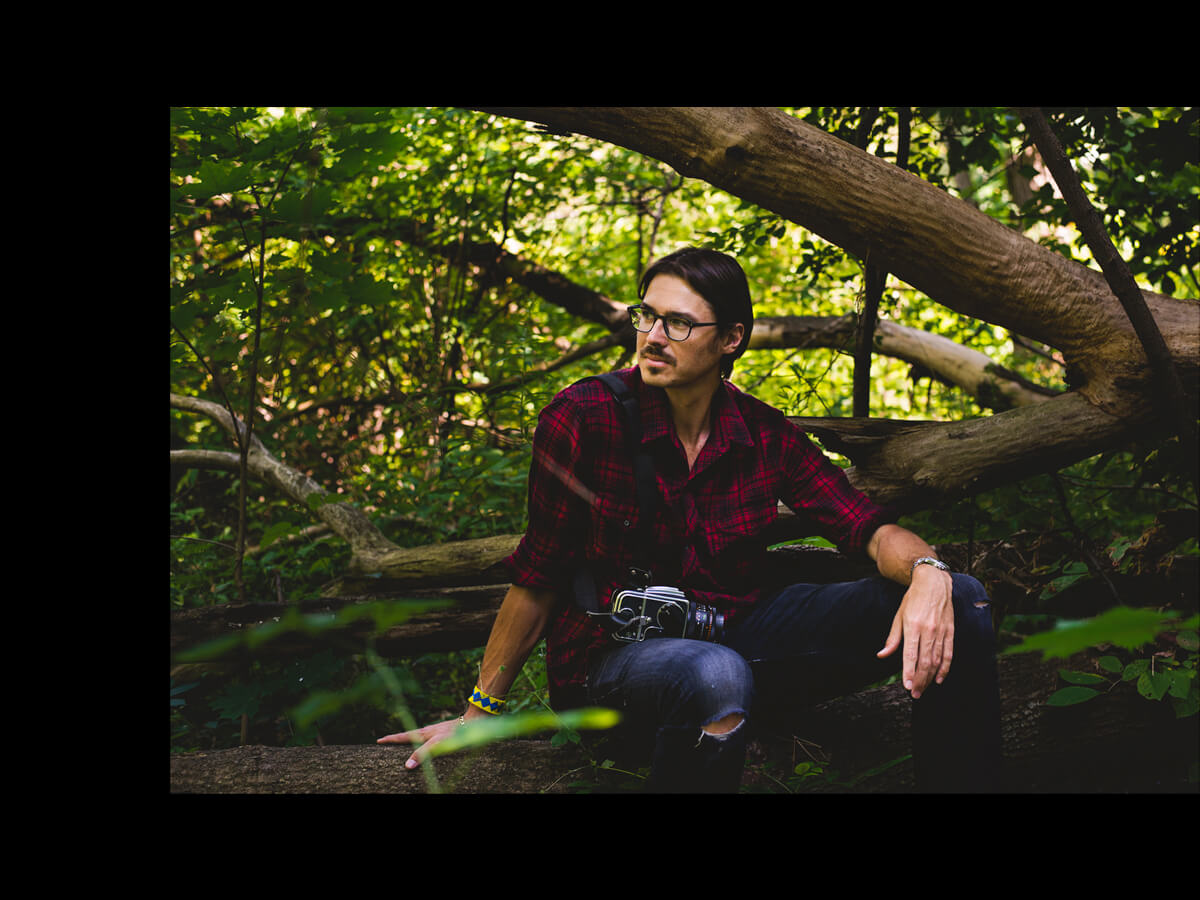
Photo supplied
We asked Elkaim to walk us through his works, taking us behind the lens of some of his most meaningful captures.
A Co-Existence
This project was sparked by a trip to Morocco that Elkaim made with his Jewish father, who was born and raised in that country.
“I did some research before leaving and learned that until 1948 there were about 300,000 Jews living in Morocco, making it the largest Jewish community in any Arab-Muslim country. Jews had lived there since the time of the Romans. Today, there are less than 5,000 left.
“The Jews began leaving after the creation of the state of Israel due to geopolitical influences. There was a massive recruitment from the Zionists to bring them to Israel. It created a huge exodus and that just kind of snowballed.
“My original idea was to do a piece entitled The Last Jews of Morocco, but the story became something different. It wasn’t about the last Jews of Morocco. It was about the shared history of two cultures. There was a long period of harmonious coexistence here between Jews and Muslims. They were neighbours who cared about one [culture] deeply. They were very connected. I wanted to honour that history.”
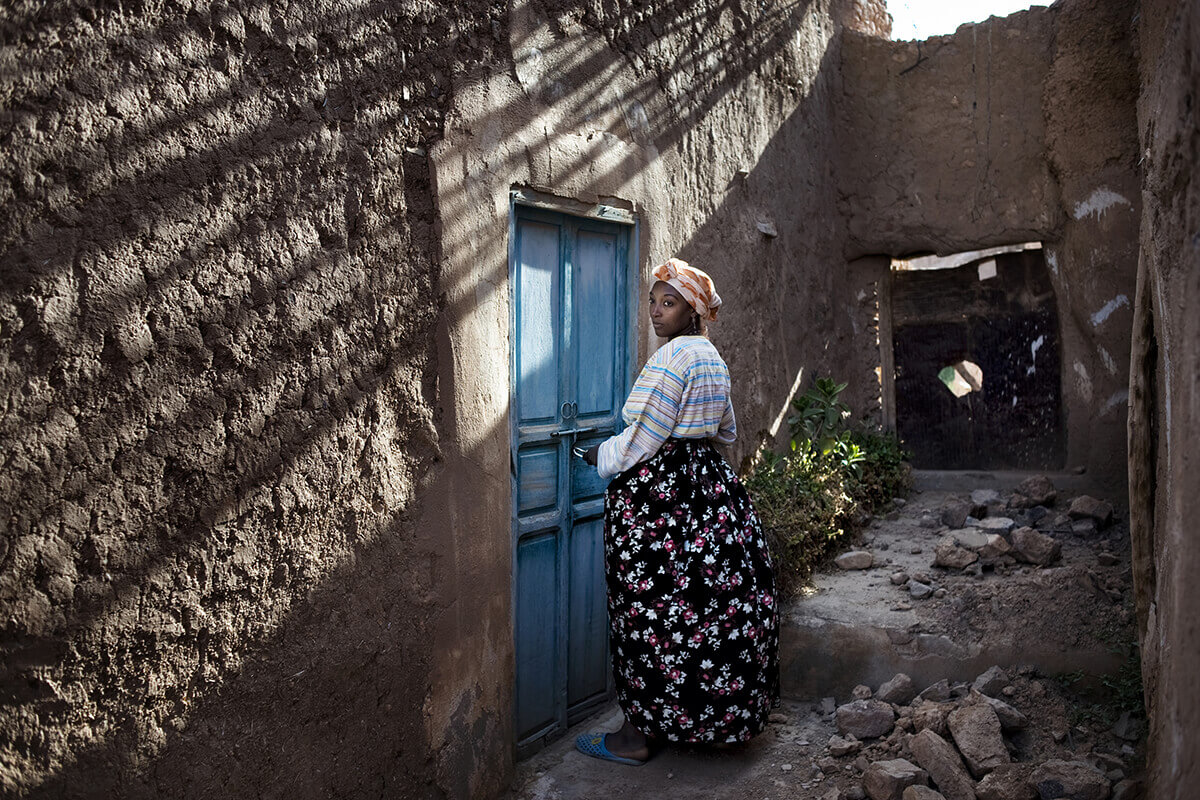
Pictured: the guardian of a synagogue. “All the remaining synagogues and Jewish cemeteries have Muslim guardians caring for them. This woman is proud of her role in caring for this place. It’s part of the history of her town. Jews are entrusting these people to care for their sacred sites.”
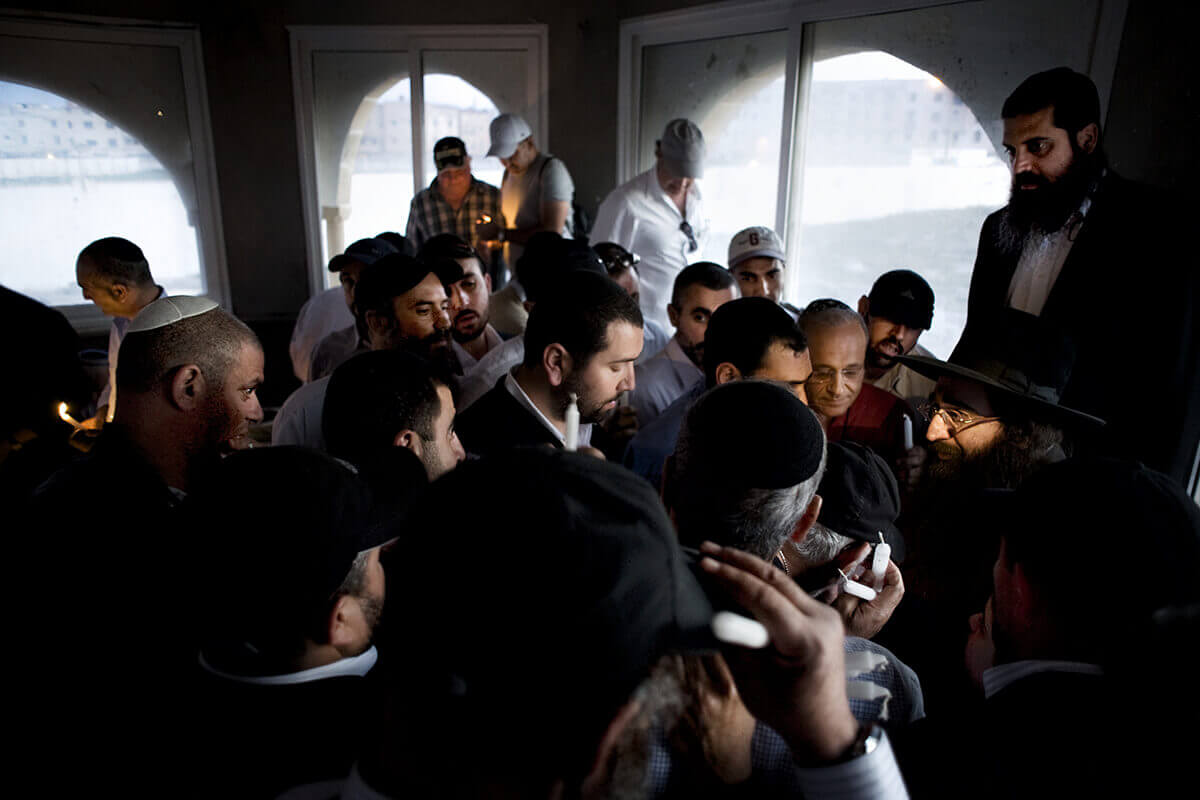
Pictured: Yosef Pinto, an influential orthodox rabbi from New York. “He is leading a pilgrimage to visit the tomb of his grandfather, a Jewish saint. Jews are welcome to go to Morocco and to experience these pilgrimages and they continue to happen today.”
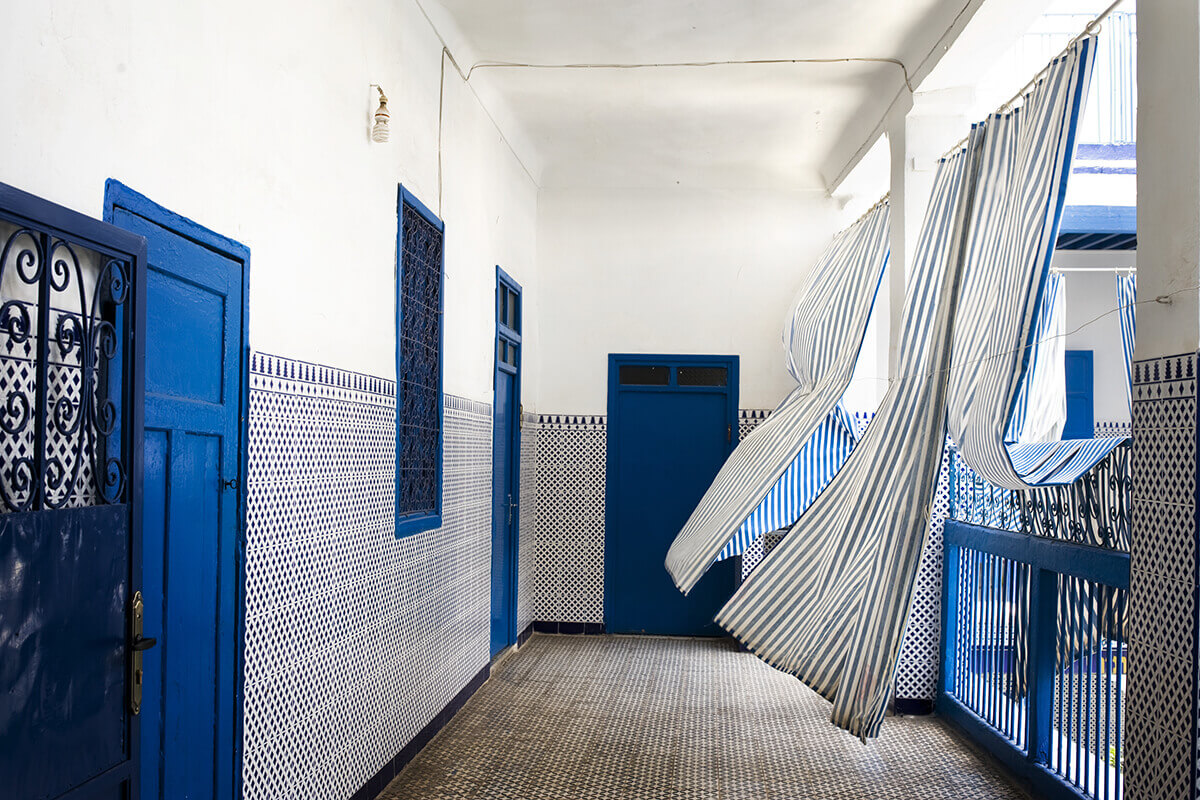
Pictured: the Slat al-Azama Synagogue in Marrakesh. “This synagogue was located just down the street from where my father grew up. When I visited, there was a Muslim woman living there cooking kosher meals and caring for this place. This was the first moment I realized what this story was about. It wasn’t about the last Jews of Morocco. It was about a co-existence, this harmony between these two religions.”
When the River Runs Through
In 2014, Elkaim travelled to northern Brazil to document the effect of the Belo Monte Dam Complex, which was being built on the Xingu River. This megadam has done significant socio-environmental harm to the river and the Indigenous people living beside it. Now it appears the dam may not be able to produce the electricity totals promised by its builders—a situation that critics had long warned about.
As Elkaim notes, “Hydroelectric dams are touted as clean and renewable sources of energy, but the real impact of large dams is often anything but, with hundreds of square miles flooded and complex river ecosystems permanently transformed.”
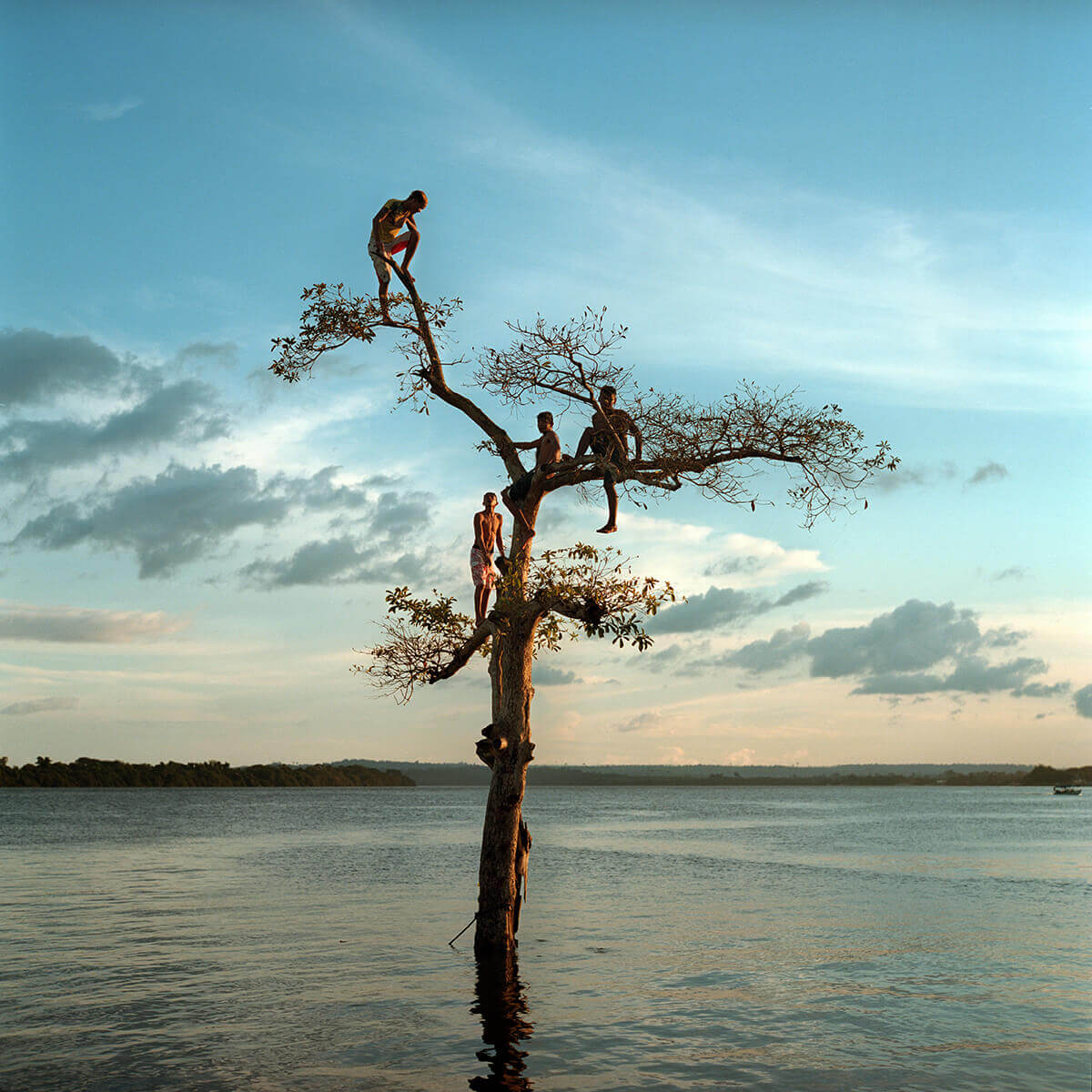
Pictured: Brazilian youths in a tree. “I was roaming around with a friend on his motorcycle near the town of Altamira when we happened on this scene. These young men were climbing this tree and diving in the water. The tree was adjacent to a community that was being displaced. It was a beautiful moment and symbolic in the sense that life would go on in spite of the flooding.”
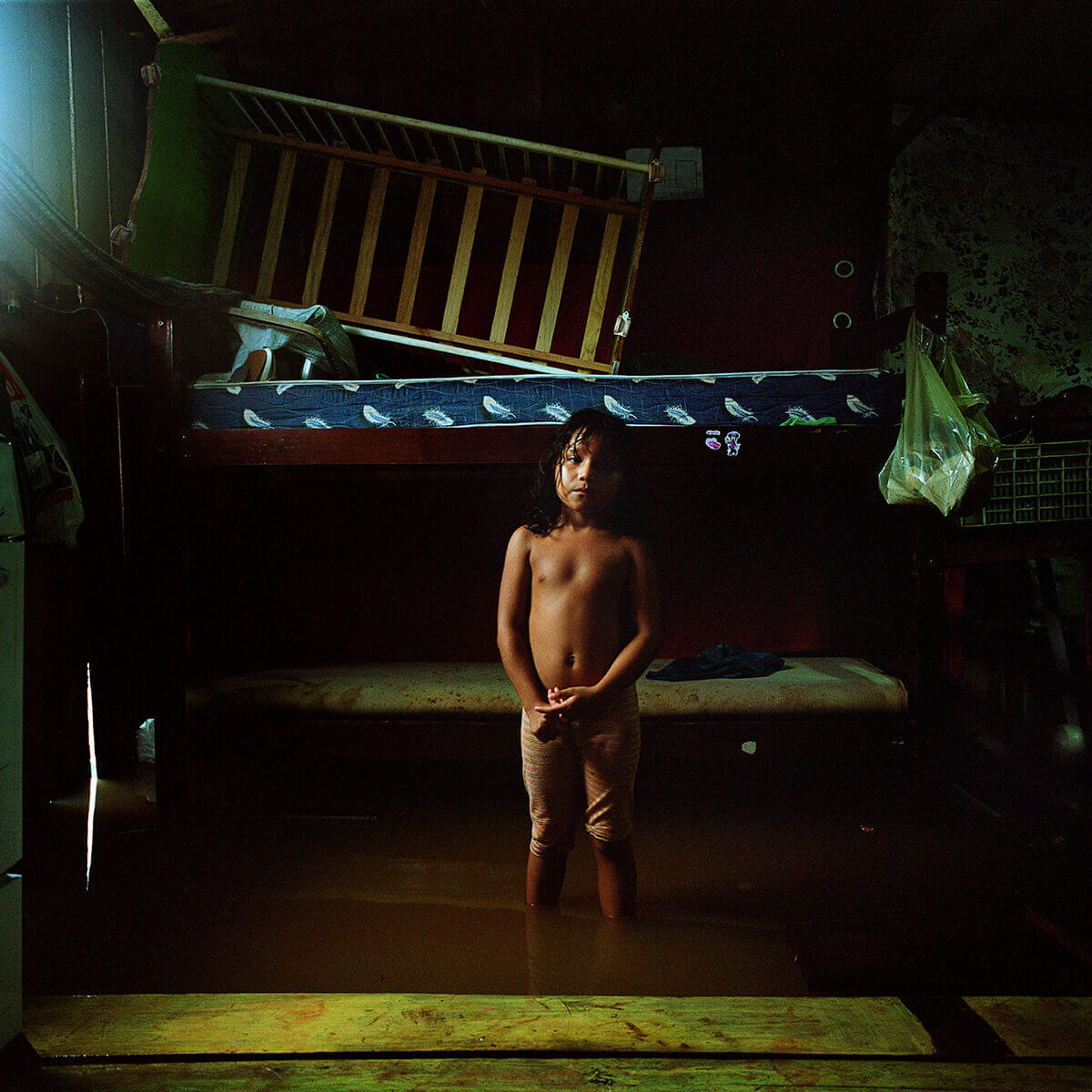
Pictured: a young girl standing in water. “A man said to me, ‘You must come and see what they are doing to us.’ His home was built on stilts near the river and they were being flooded out. The house had only one room. All the beds were in there and it was where they cooked. The girl is his eight-year-old daughter.
“More than 20,000 people are being displaced by this development. These are traditional people who live on the riverbanks who are being forced out of their life.”
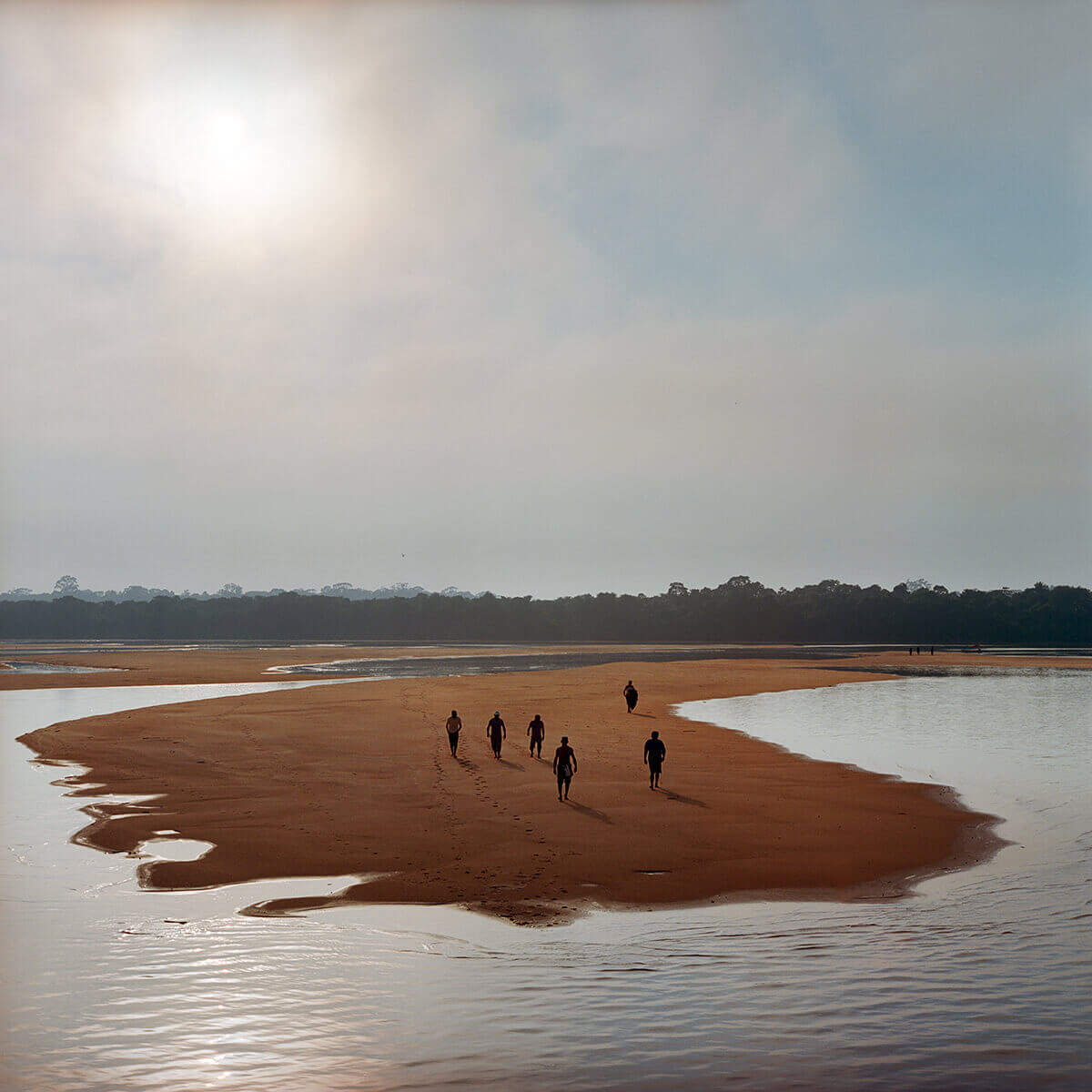
Pictured: members of the Muduruku tribe. “They were hauling rocks all day to spell out a message on the sandbar to protest a series of hydroelectric dams that were to be built on the Tapajos, the last undammed tributary of the Amazon River. There is a sense of empowerment and connection with this picture. They’re part of this river and they are ready to fight. They’re saying ‘Not here. Not us. It’s not going to happen.’”
The Lost Ones
For the Guarani-Kaiowa, an Indigenous people who live in the Mato Grosso do Sul region of Brazil, there is no life outside of their land. Their existence, cosmology and well-being are directly related to the land.
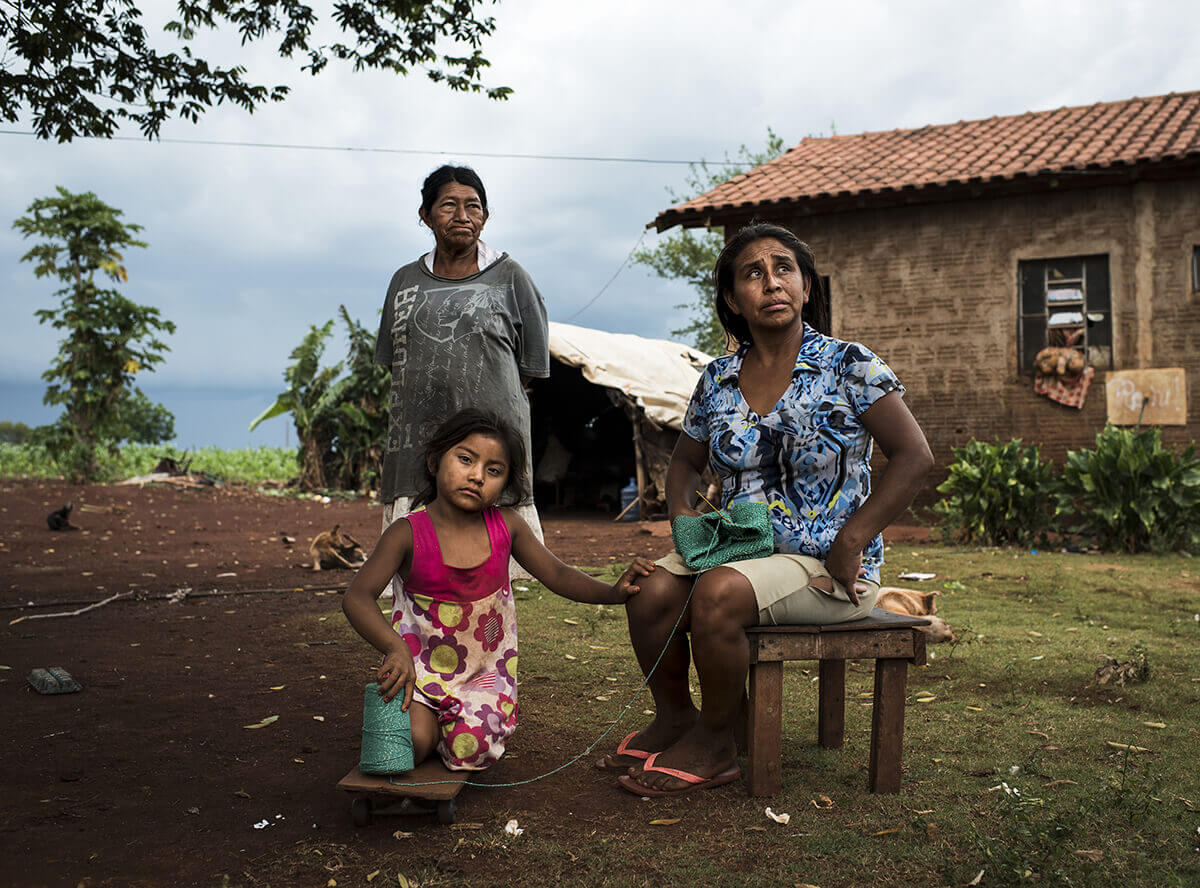
Pictured: a woman with her daughter and mother, all members of the Guarani-Kaiowa, posed in front of a tile-roofed shack. “I was on assignment for the Globe and Mail. We were exploring a suicide crisis that was taking place there. I was sent to draw a parallel between the rash of suicides in Brazil and in some Indigenous communities in Canada and to gain insight why it might be happening. These people had been hunters and gatherers and had their land taken from them and turned into a heavily populated agricultural area where they now live in poverty on reserves. We were interviewing this lady about her husband who had committed suicide a couple of weeks earlier.”
Sleeping with the Devil
In 2011, Elkaim journeyed to northern Alberta to document the life of the Indigenous people living around the town of Fort McKay, a place that is prospering because of its location near the Athabasca oil sands, the world’s third largest oil deposit. But the development has forced locals to accept a Faustian bargain as the quest for heavy crude is destroying their land and the foundations of their culture.
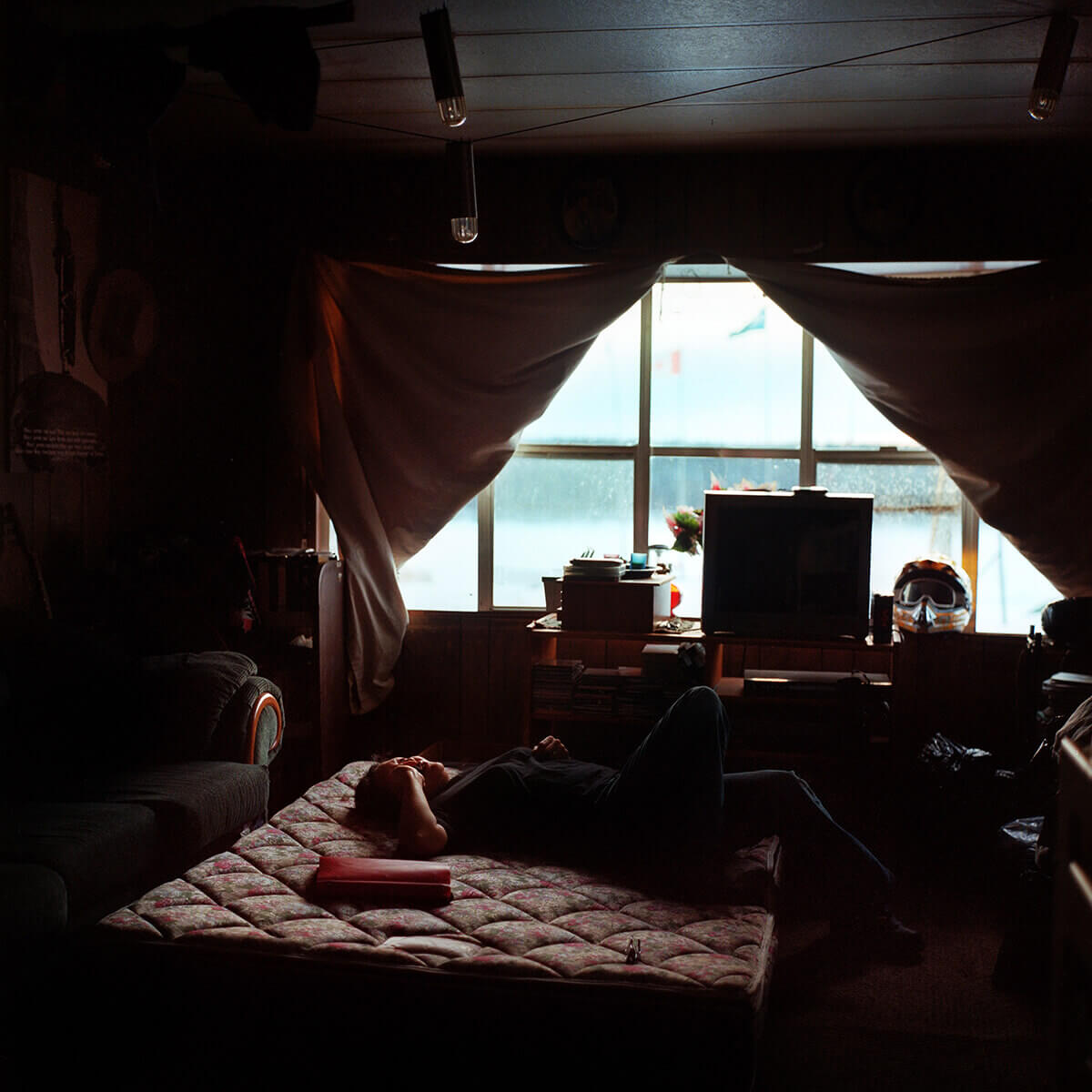
Pictured: Yvonne L’Hommecourt, a Cree truck driver with Suncor, resting in a cabin. “This image was taken on a reserve called Poplar Point where Yvonne spent her summers as a child and where her father is buried. This is a place on traditional land where people can reconnect with their roots. It felt untouched. You could pick berries in the spring or ice fish in the winter. It’s their happy place.”

Pictured: Oren and Crystal Boucher, a Dene and Cree couple celebrating their marriage at the Fort McKay First Nation Band Hall. “Oren, an employee at Suncor, had developed terminal colon cancer and he and Crystal decided they would get married while they still could. I volunteered to photograph their wedding. Oren passed away a year later on the night of his grandfather’s birthday party.
“Cancers are definitely on the rise in this community. People are living in a really toxic environment. They have a thing here called ‘Suncor snow.’ It’s snowflakes falling out of clouds created by industry.”
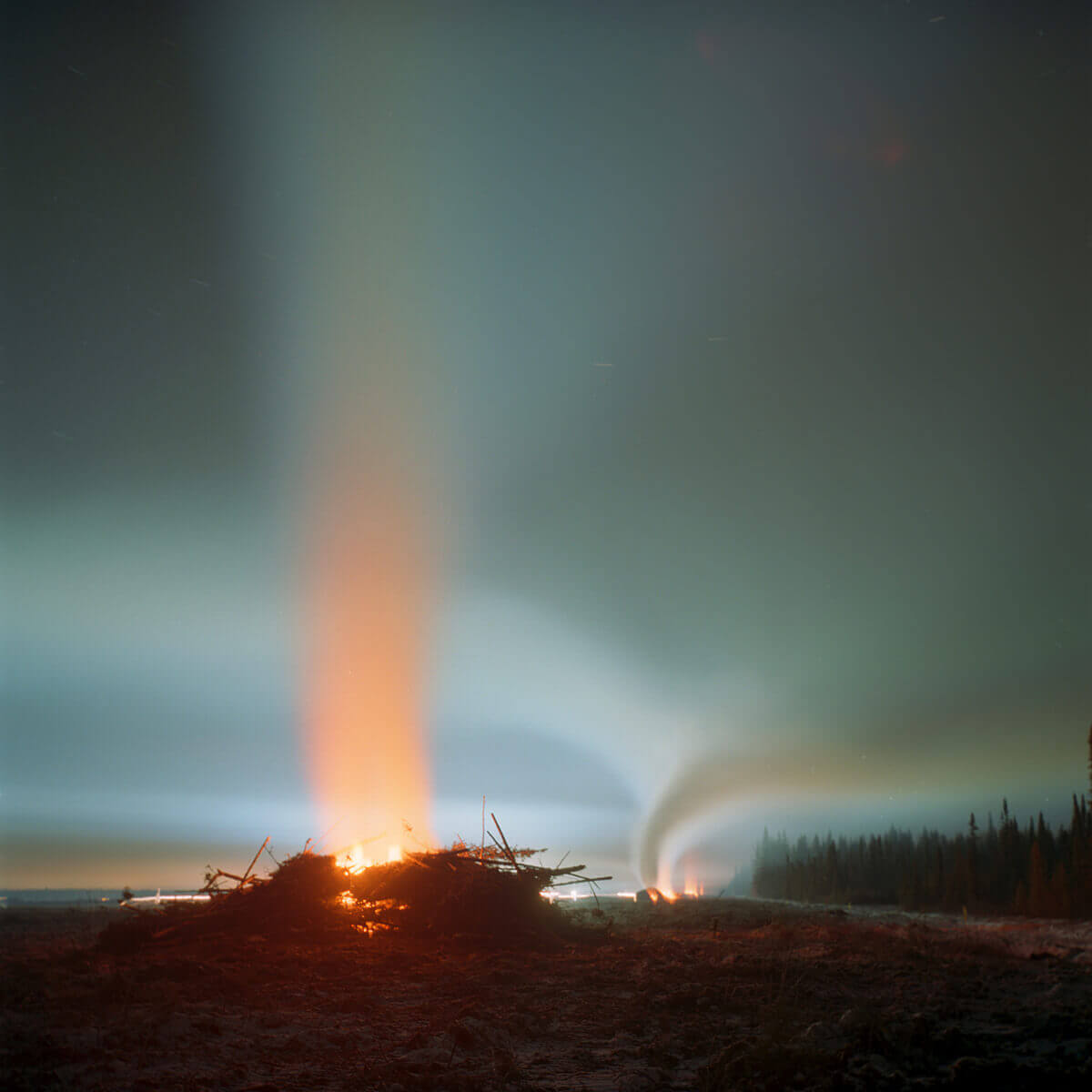
Pictured: a long exposure of a bonfire. “‘Overburden’ is an industry term to describe any natural thing that needs to be removed overlying a mineral deposit. The forest needs to be removed because it’s in the way of retrieving what is valuable, which is the oil. So, they simply burn the wood in huge bonfires. Four months earlier this area was boreal forest with many trails used by the First Nations of Fort McKay.”
The Road
The road in question, known as the BR-163, extends for 1,700 kilometres through the heart of Brazil’s rainforest, running from Cuiaba, near the Bolivian border, to Santarem on the banks of the Amazon. It was built by Brazil’s military rulers in the 1970s in a bid to open the region to economic development. The highway’s existence has led to large-scale deforestation and the exploitation of other natural resources brought about by newly created settlements and increased logging and agriculture.
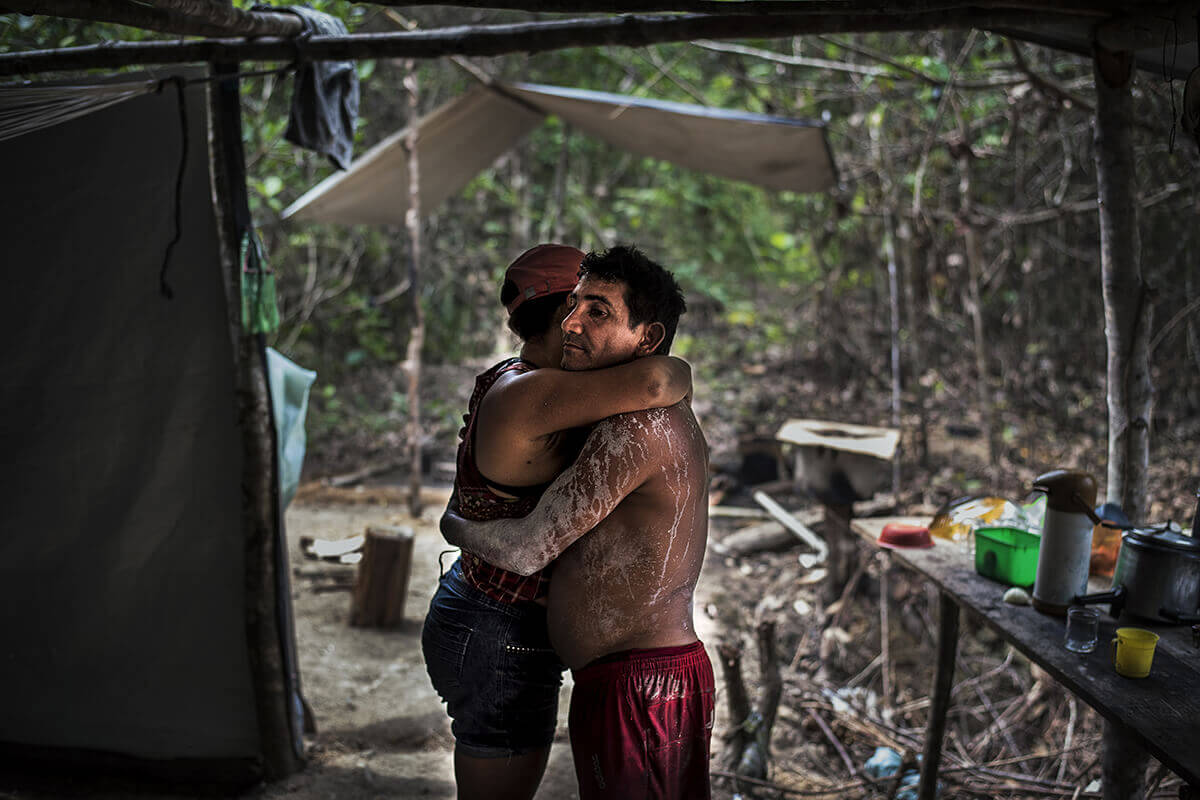
Pictured: a couple embracing. Illegal wildcat miners have been setting up small-scale, gold-mining camps across the Amazon basin, fuelling widespread deforestation, mercury contamination and the sedimentation of vital rivers. “We were on a police raid to bust illegal gold miners in Jamanxim National Forest. These people show up with big hoses and blast away the earth and then use machinery to separate the gold. They use mercury to separate it so it’s very bad for the environment. But it’s also a way of life for many people in the Amazon. It’s easy to point the finger at them as bad guys, but the truth is they have families and loved ones and they are doing hard work in the forest just trying to survive.”
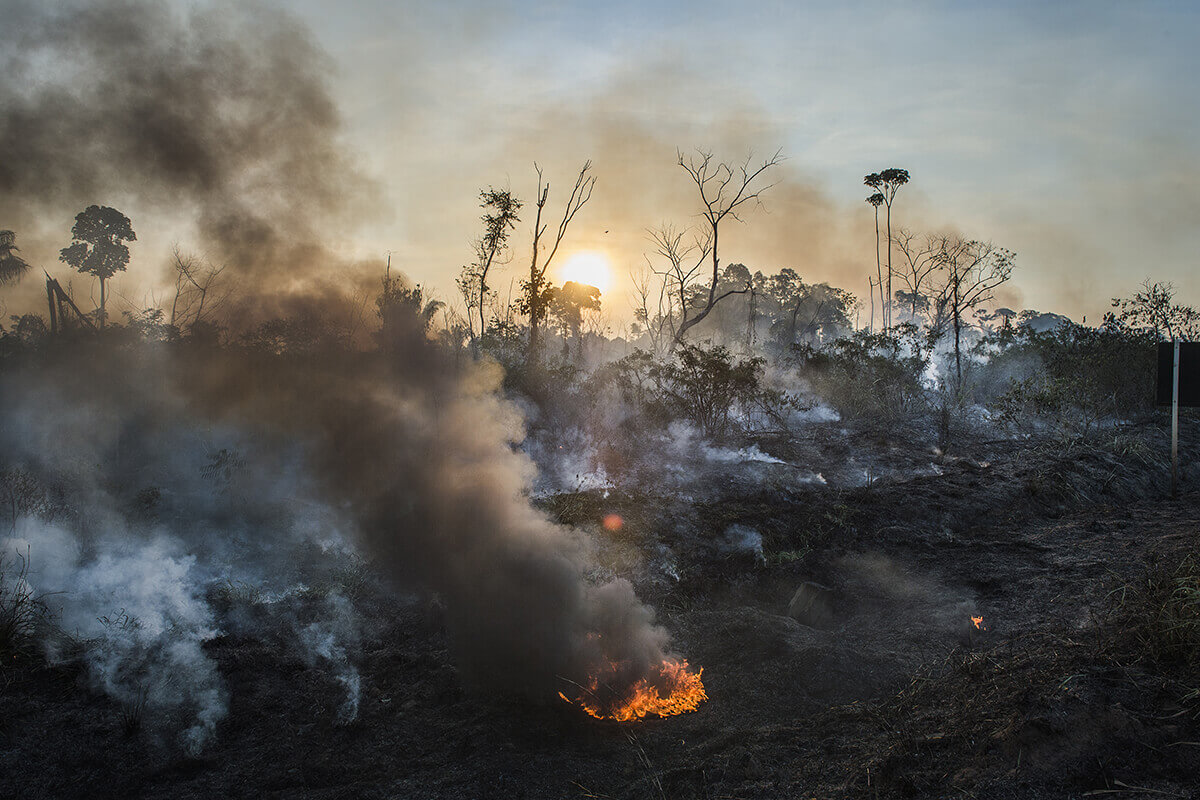
Pictured: Amazon forest burning. This is evidence of the slash-and-burn approach to the land, a practice in which farmers and cattle ranchers deliberately cut down and burn forestland to clear it for crops and livestock. These man-made fires often get out of control. The increasing rate of deforestation and fires could have dire consequences for the rainforest and the world, especially as global temperatures continue to rise. “I took this photo while driving down the BR-163. The fact that this kind of devastating image is just a common sight was so depressing. The blazed-down forest is emblematic of the destruction of the Amazon.”
The Mascho Piro
There are at least 20 uncontacted tribes living in the Peruvian Amazon, but logging, drug cartels and tourism are forcing them to break cover from the forest and beg neighbouring villagers for food. After centuries of seclusion, one of these, a group known as the Mashco Piro, has been emerging on the banks of Madre de Dios River. They have been given pots and pans and machetes and have been asking for more.
Elkaim was assigned to shoot the unfolding drama for The New Yorker.
“They were stealing corn and different crops. The tribe had raided another community and killed a man.”
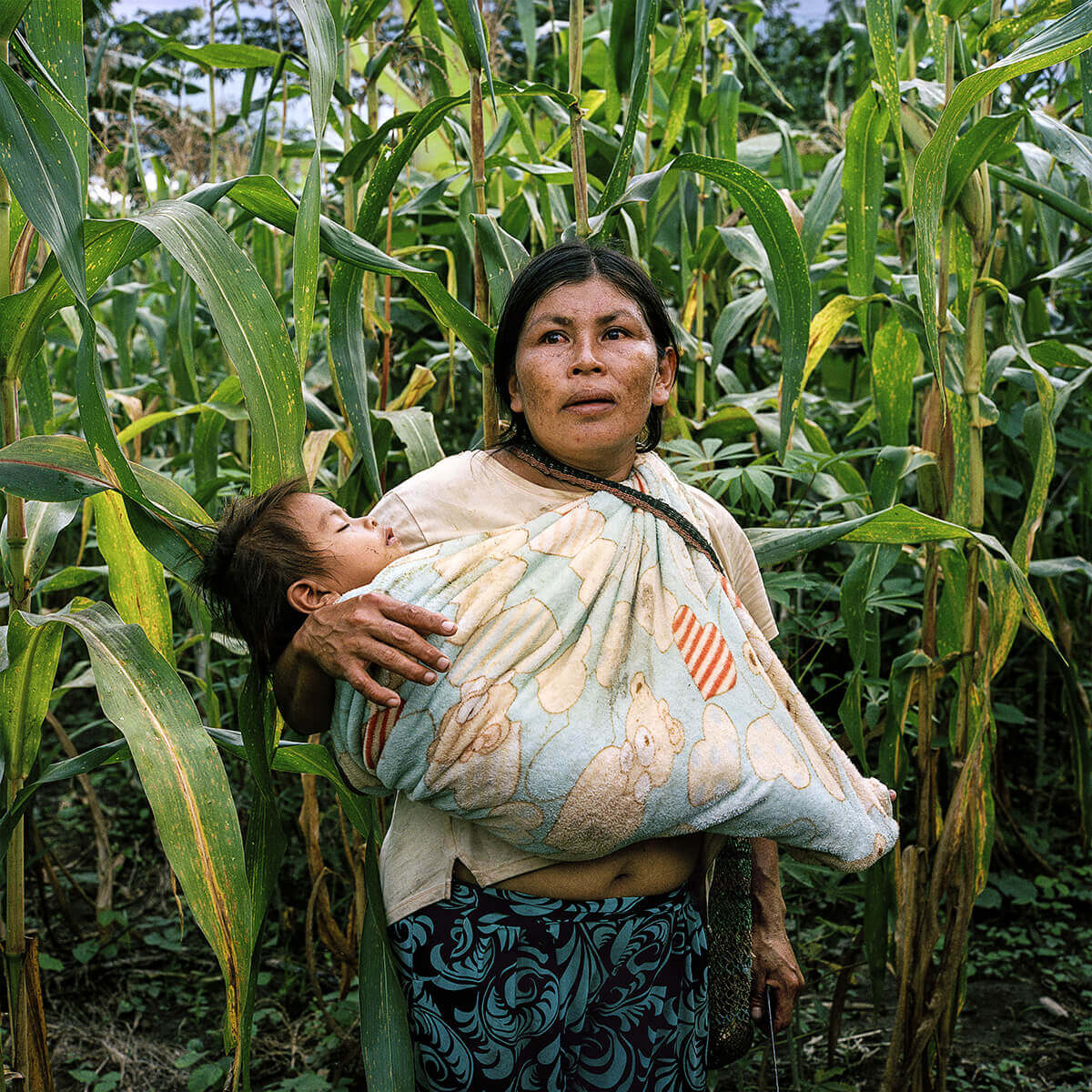
Pictured: a woman with an infant standing in front of a cornfield. “This woman was on edge. She felt the Mashco Piro were going to kill her. She had to go out and tend the field and she knew they were close by. Anthropologists were trying to manage this contact by arranging meetings on the beach and delivering food once a week. It’s a sensitive situation. The consequences of contact with these tribes in the past has been disastrous.”
A State of Erosion
In 2018, Elkaim went to northern Manitoba to document the impact of a massive dam project known as the Keeyask. It is the sixth dam to be built on the Nelson River system, which supplies 75 per cent of the province’s energy.
“All the dams in the past were built by a different paradigm. The government decreed, ‘We do what we want.’ This dam was built in a partnership with four First Nations. The dam is just being completed now. Financially speaking, there is not a lot of evidence that these communities are going to benefit. The project has gone billions overbudget and is having destructive effects on the environment. The people of the Tataskweyak Cree Nation, who reside 60 kilometres upstream from the new dam, are worried for their future.
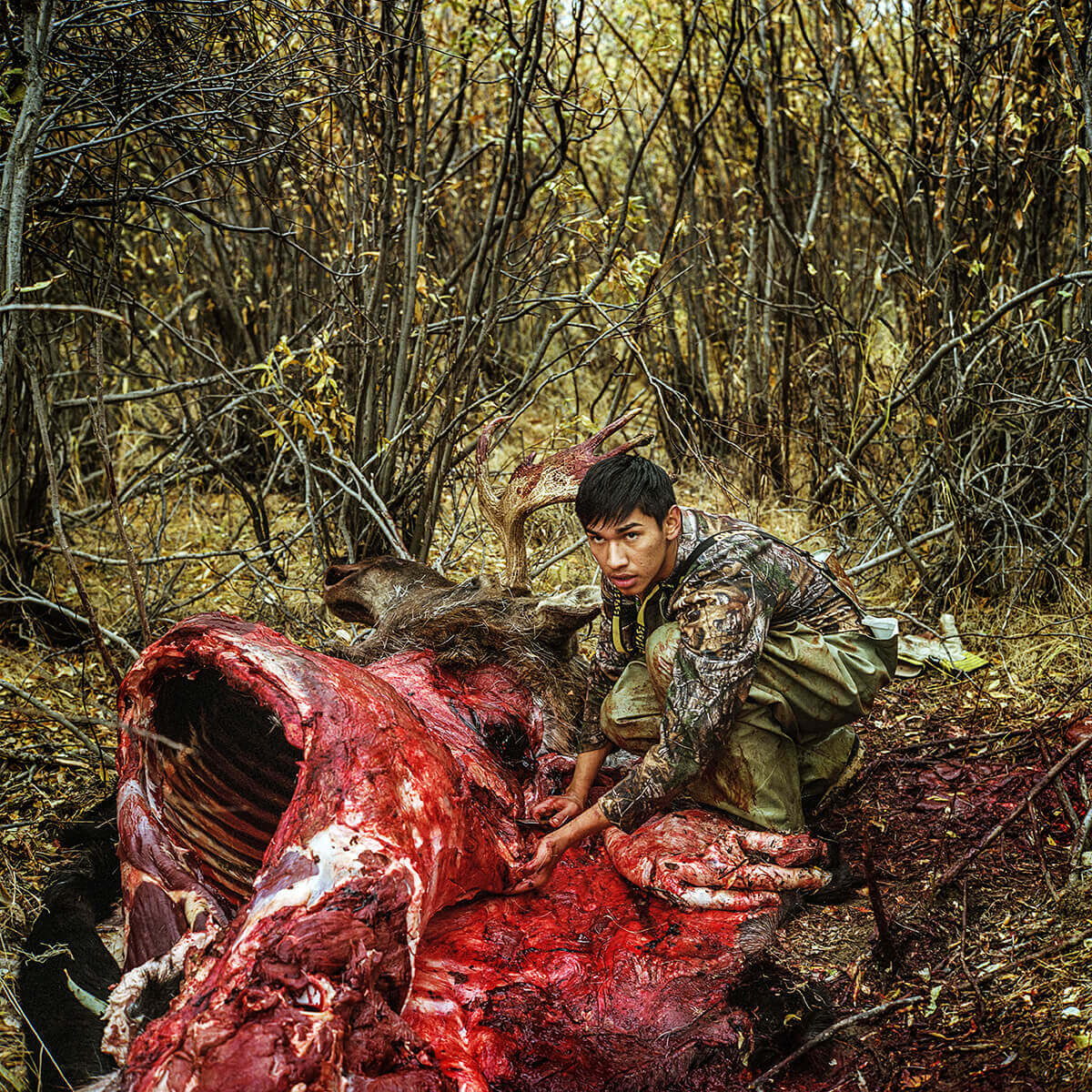
Pictured: 15-year-old Chaiton Spence, who is butchering a moose on the annual fall hunt near the Churchill River. “It was the first moose that he shot on his own and his father was very proud. It was one of those rite-of-passage moments. Chaiton felt alive and empowered that day. But there is another side to the story. Last summer, after he graduated high school, Chaiton, who suffered from depression, took his own life.”
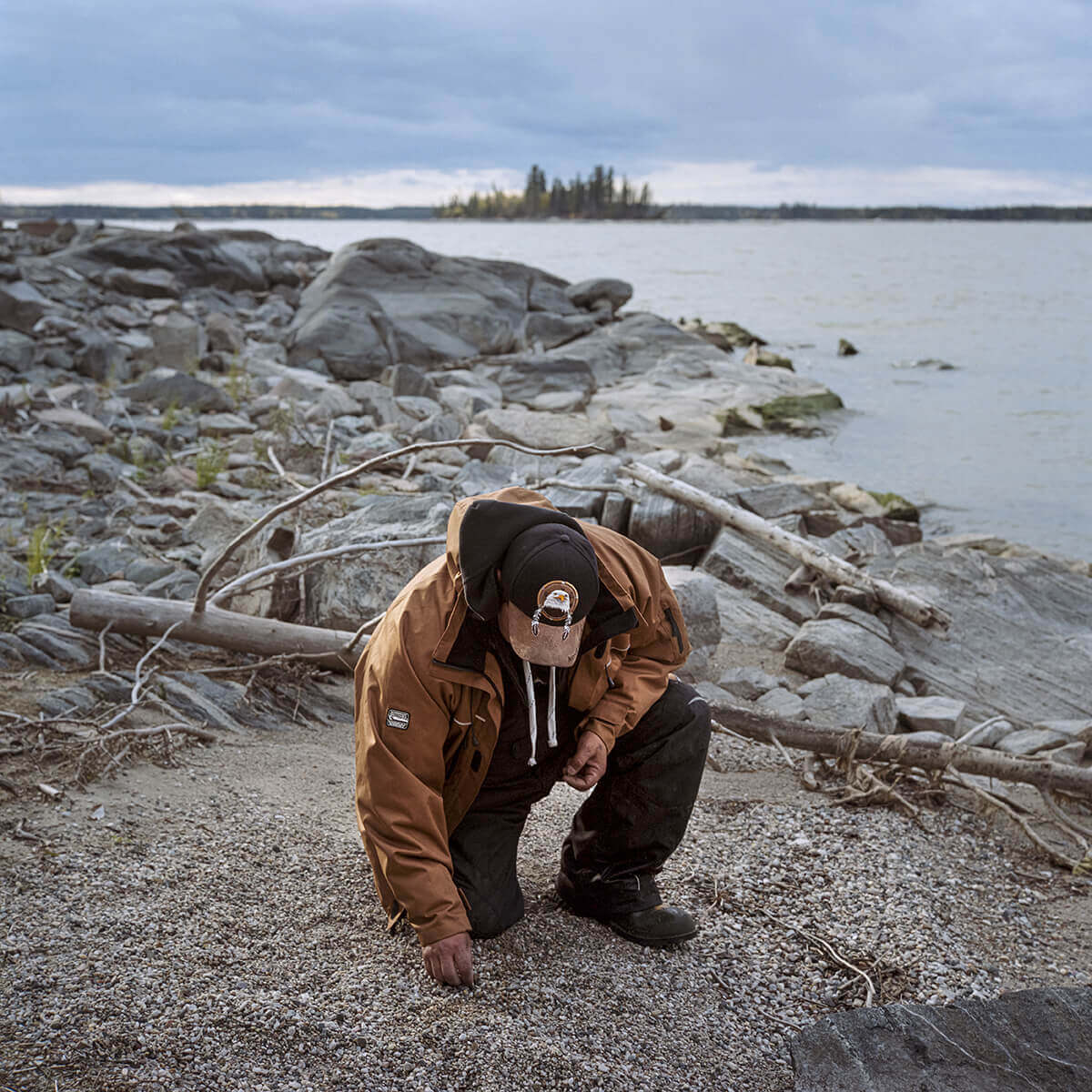
Pictured: Robert Spence, a fisher and trapper, and an elected councillor of the Tataskweyak Cree Nation. “Robert took me to a place where human remains were appearing out of the landscape. It’s happening at different spots along the Nelson River. Erosion caused by fluctuating water levels is exposing the bones of these people’s ancestors. Their history is literally washing away. It’s a powerful symbol of the impact of the development.”
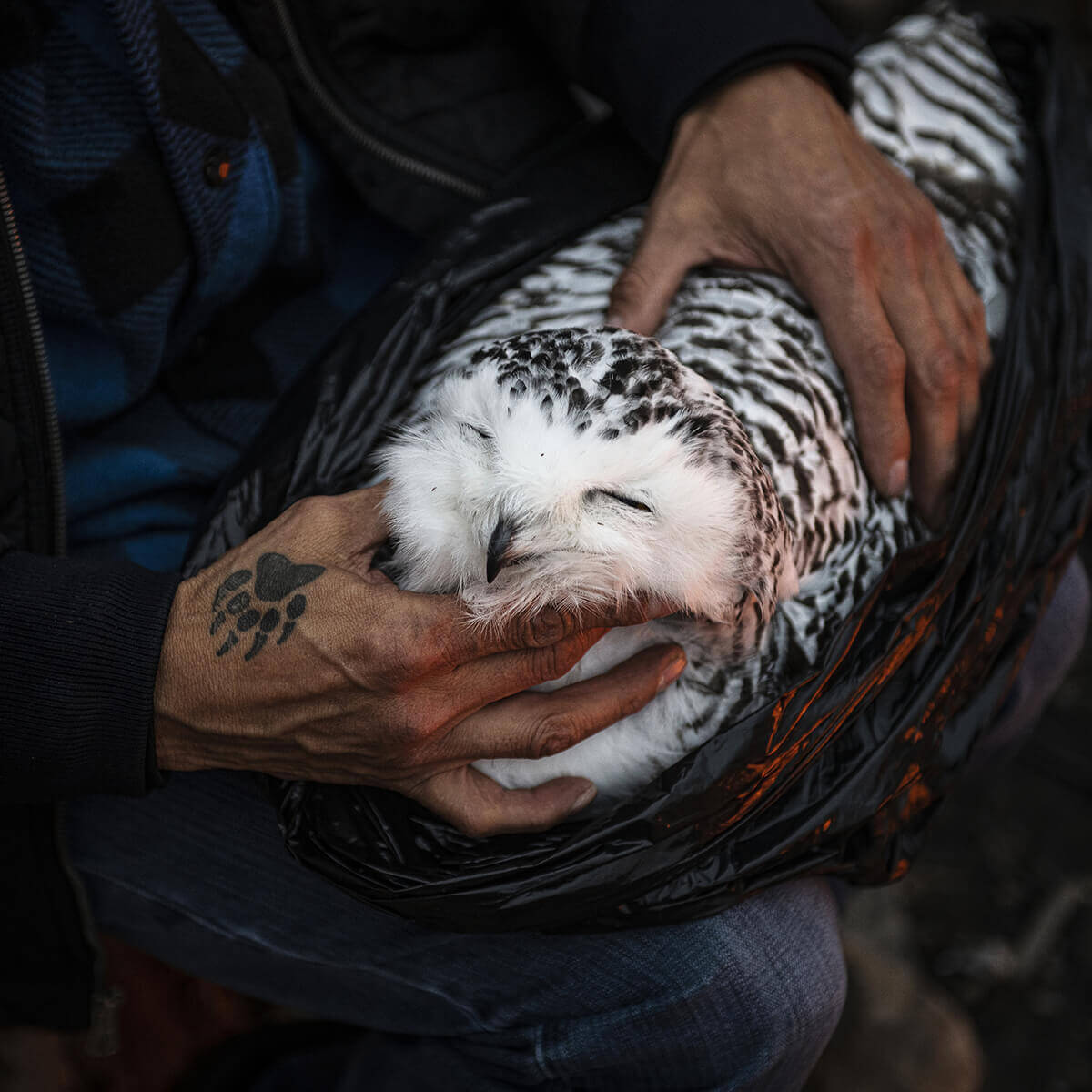
Pictured: a dead snowy owl. “I found this snowy owl lying on rocks below a hydroelectric dam. I bagged it up and took it to Alan Keeper, a Cree spiritual leader in the Split Lake community, who was organizing a sweat that night. He told me that it was very auspicious that I had brought the bird to him as he needed snowy owl feathers for a Shaking Tent ceremony he was planning which is used to connect to the spirit world and find answers to all questions of life.”







The Aaron Elkaim feature article blew me away – very moving photographs and stories. The UM should be extremely proud of such graduates.
Thanks Bill Kops
This is amazing: the pictures and the commentary were great but troublesome. Thanks for including this in your email.